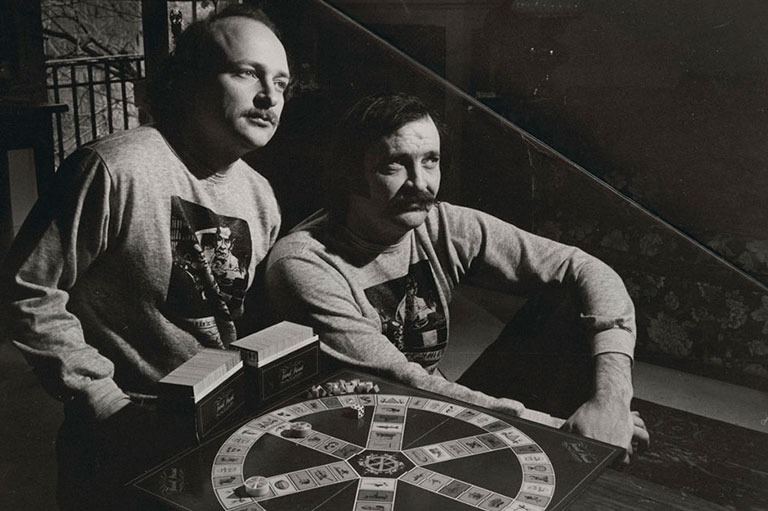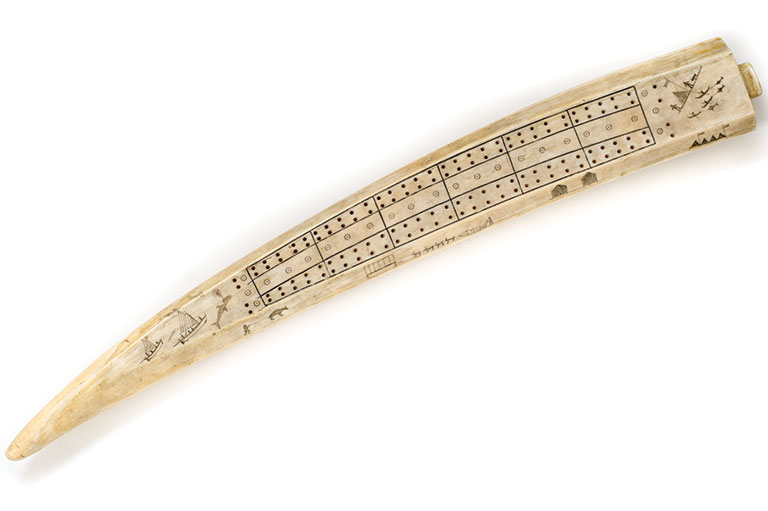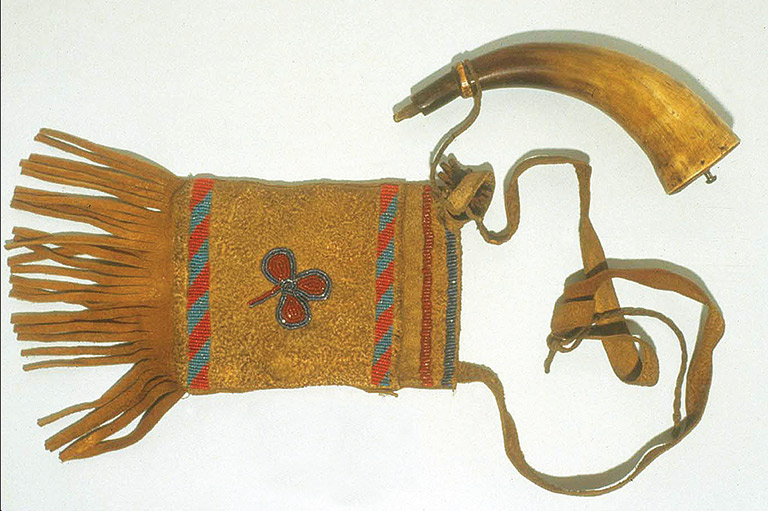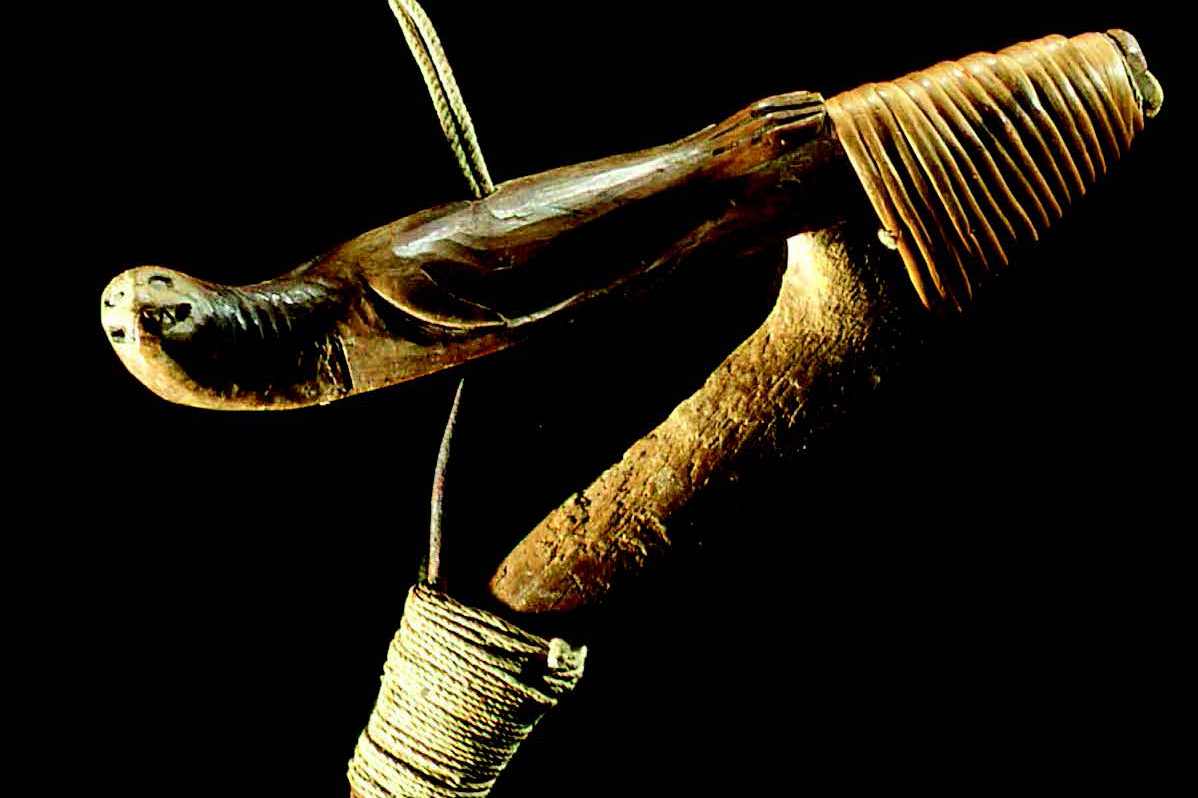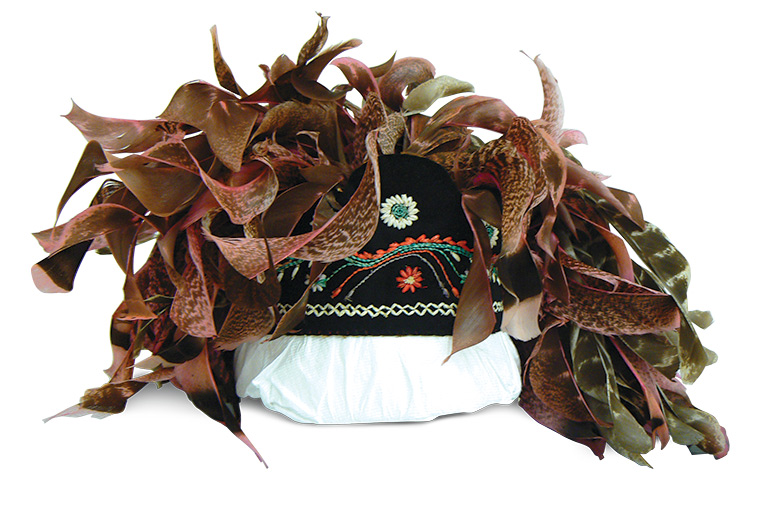Team Effort
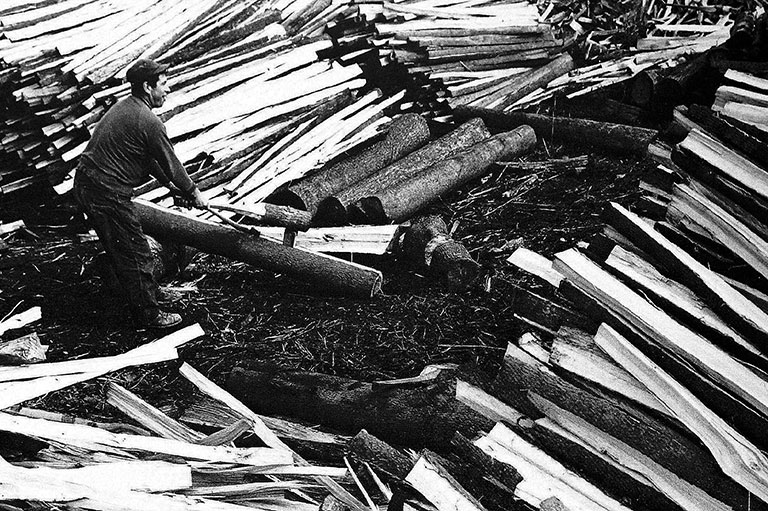
In 1968, the Chisholm Lacrosse Manufacturing Company on Ontario’s Cornwall Island produced ninety-seven per cent of the lacrosse sticks used around the world. That same year, a fire destroyed the company’s factory.
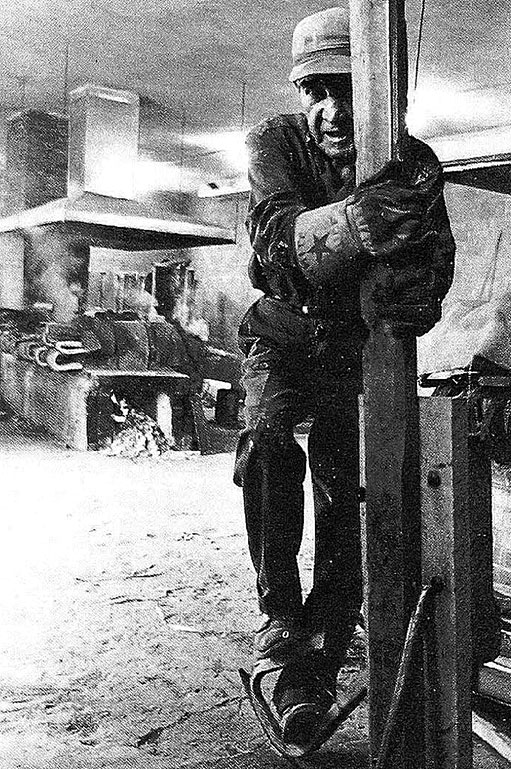
Bil Lingard shares the story of this company in “Lacrosse — the fastest game on two feet” (The Beaver, Autumn 1969). Cornwall Island, in the St. Lawrence River, is part of the Mohawk Nation at Akwesasne, which straddles the Ontario-Quebec and Canada-United States borders.
About eighty people from this community worked at the factory, and, after the fire, they took it upon themselves to meet the demand for lacrosse sticks. Within a couple of months, lacrosse-stick production reached one half of its pre-fire level, and soon a new factory opened to continue production.
Each lacrosse stick took about a year to make. Craftsmen split hickory logs and then let them season outside for eight months. Next they steamed and bent the wood to form the head — the part that would have netting. They drilled holes on the head before it was sanded and lacquered. To complete production, women laced the head, using leather or nylon to form the pocket.
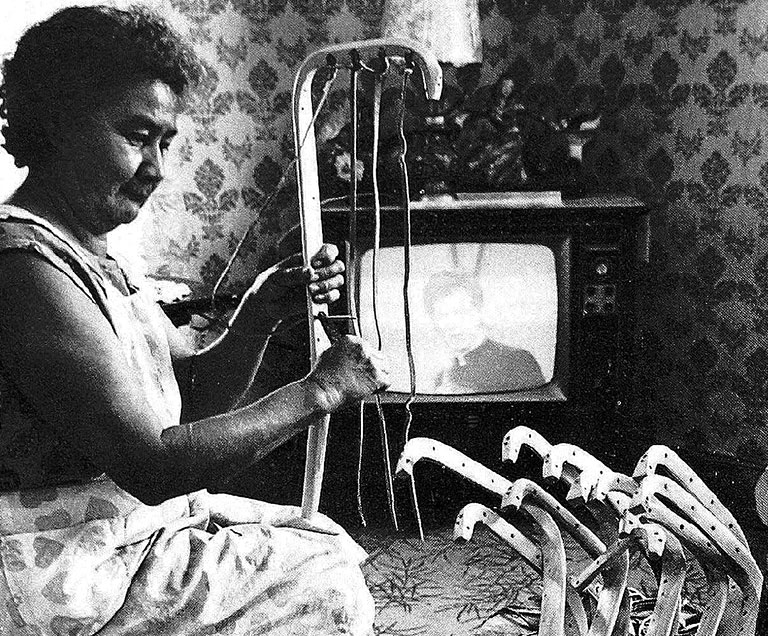
“There is slight likelihood that automation will ever threaten the workers’ jobs,” wrote Lingard. “It might seem that an automatic bending machine, for example, would bend every stick the same amount. Not so. Due to variations in the woodfibres, some sticks cannot take as much bend as others and therefore split.”
Even with today’s industrial advancements that allow the making of lacrosse sticks out of plastic and fibreglass, people still make traditional wooden sticks by hand.
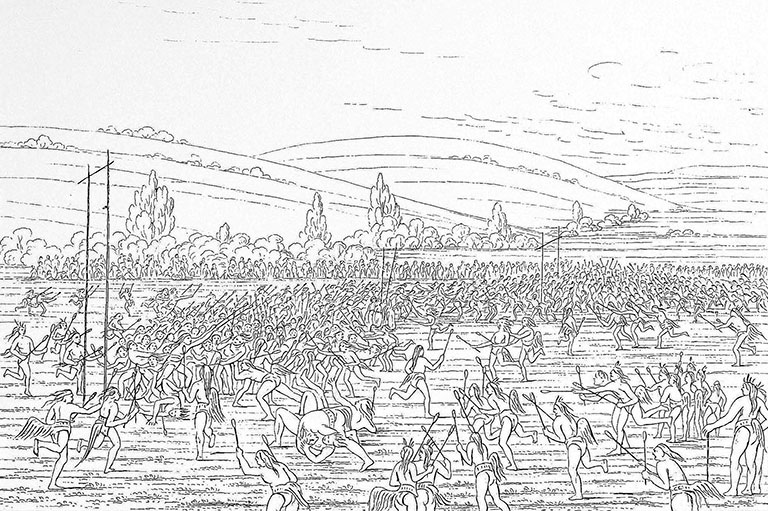
Themes associated with this article
Advertisement
You might also like...

Canada’s History Archive, featuring The Beaver, is now available for your browsing and searching pleasure!


